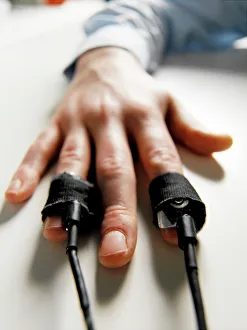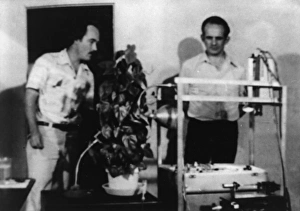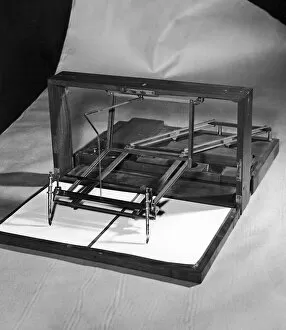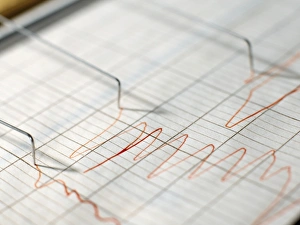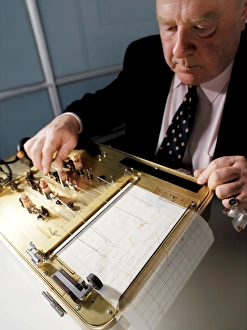Polygraph Collection
The polygraph, commonly known as a lie detector test, has a fascinating history that dates back centuries
All Professionally Made to Order for Quick Shipping
The polygraph, commonly known as a lie detector test, has a fascinating history that dates back centuries. Cleve Backster's groundbreaking experiments on plant sensitivity in the 1960s laid the foundation for this remarkable device. However, its origins can be traced even further back to John Isaac Hawkins' patent of the polygraph machine or autopen in the early 19th century. Over time, the polygraph evolved and found new applications. It became an essential tool for monitoring brain and body activity during ESP testing, allowing researchers to delve into the depths of human consciousness. Its significance was recognized by none other than President Thomas Jefferson himself when he wrote a letter to American painter and inventor Charles Willson Peale in 1804, suggesting improvements for the polygraph machine. One intriguing artifact associated with this invention is a portable copying press owned by President Jefferson – a precursor to modern-day photocopiers – which demonstrates his interest in technological advancements like the polygraph. As technology progressed, so did our understanding of deception detection. The Lewis-McKenzie polygraph from around 1900 exemplifies this advancement with its refined design and enhanced accuracy. Today, we still rely on the trustworthiness of lie detector tests as they continue to play a crucial role in various fields such as law enforcement and security screenings. With each examination conducted using these sophisticated machines, we uncover hidden truths that shape our understanding of human behavior. Whether it's Cleve Backster's pioneering work or Thomas Jefferson's involvement with improving its functionality centuries ago - there is no denying that lie detector tests have come a long way since their inception.

